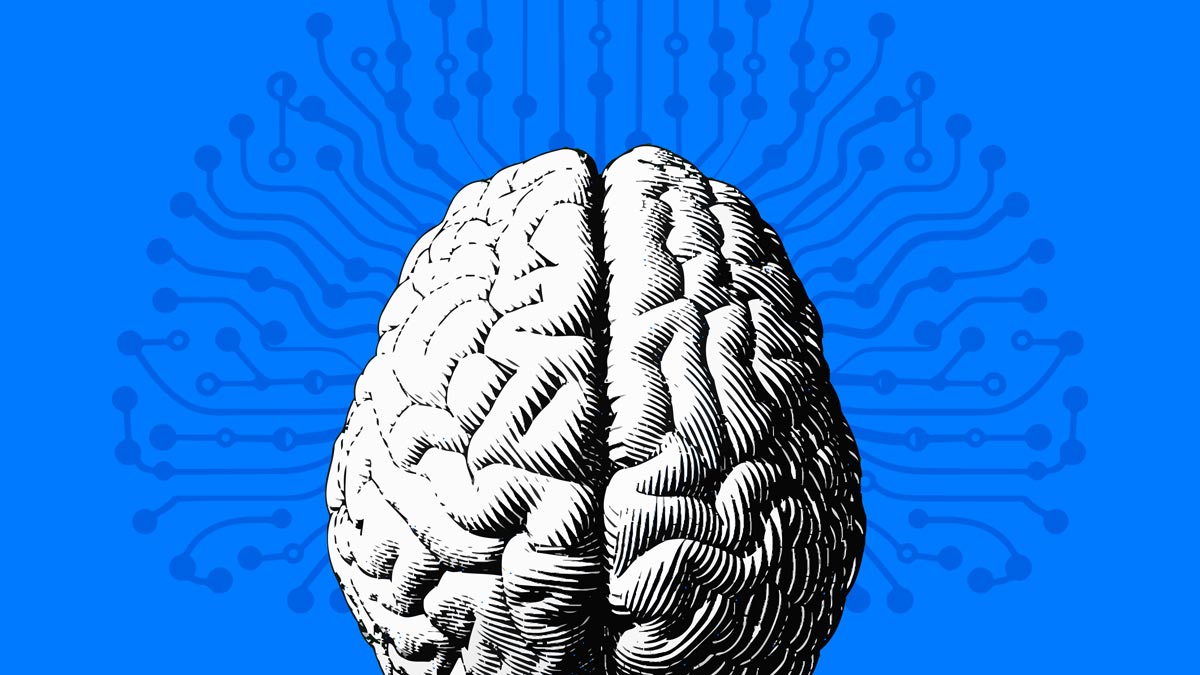What does it truly mean to “become digital”? What if I told you that it isn’t about technology? That to plan a digital transformation, technology is the last thing you should think about?
I recently co-authored a book with Mod Op’s Eric J Bertrand and Jonathan Murray that addresses the challenges of digital transformation. The book, “Getting Digital Done,” reveals how companies can effectively make digital, data, and AI transformations to stay competitive in a rapidly changing market.
This post (and others to come) distills some of the learnings from the book – but please check it out, as it offers far more detail and comes with a range of tool kits, checklist, and lessons learned.
Above all, becoming digital is a significant transformation that can be the chief driver of success in the modern business landscape.
Tackling Business Problems
Mod Op Strategic Consulting helps clients with the strategy and execution of digital transformation, but they typically do not come to us and demand, “Make us digital!” Instead, they talk about a business problem: their customers want something that they’re not equipped to provide; they don’t have the data, or it’s not joined up; their infrastructure is running out of capacity; their competition has leapfrogged them; they see opportunities to innovate but they just don’t have the tools, systems, or people, or processes needed to execute effectively.
It’s Not (Just) About the Technology
When we talk about becoming digital, people instantly think it’s all about technology. The truth, however, is that technology is usually at the end of a long list of things to be considered. It’s easy to conclude that you just need to find the right software or AI solution, and everything will fall into place. I’ve seen firsthand how this mindset can lead to costly mistakes. Many companies spend millions on new technology only to find that their teams can’t or won’t use it.
To truly transform, you need to start with your people. You need to build a culture that embraces change and is open to new ways of working. You must also make sure that your processes are aligned with your business goals and that your digital capabilities evolve to support those goals.
Digital is not a piece of equipment or software. It’s a mindset. To succeed today, an organization must be a data-driven, digital business. Customers and partners (not to mention employees) expect business to be conducted online, in a frictionless environment, and in a personalized way.
Digital is a Mindset
What does this mean in practice? It requires a fundamental shift in how the entire organization runs. This includes:
- Building a data-driven culture. In a digital world, data is a foundational business asset. Successful companies use data to inform everything they do, from product development to marketing.
- Breaking down silos and integrating business functions. Information needs to flow seamlessly throughout the company. Departments need to work collaboratively, not in isolation.
- Prioritizing customer needs. Companies must adopt a customer-centric approach, putting the needs and experiences of their clients at the center of everything they do.
Technology is definitely part of digital transformation, but it’s the last step, not the first. The goal is to build a bridge from the past to the future. We work with our clients to develop a clear roadmap for digital implementation, providing guidance and support every step of the way. The challenge is navigating change, not installing software.
Looking for more? Check out our book: “Getting Digital Done: An Executive Guide to Growth and Transformation”.
The Latest
We study the game as hard as we play it.
Learn with us what’s now and next.




